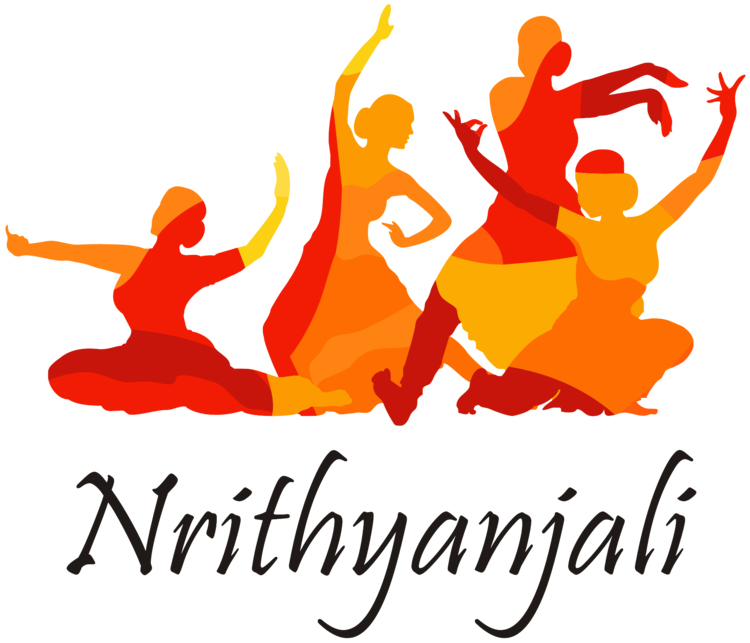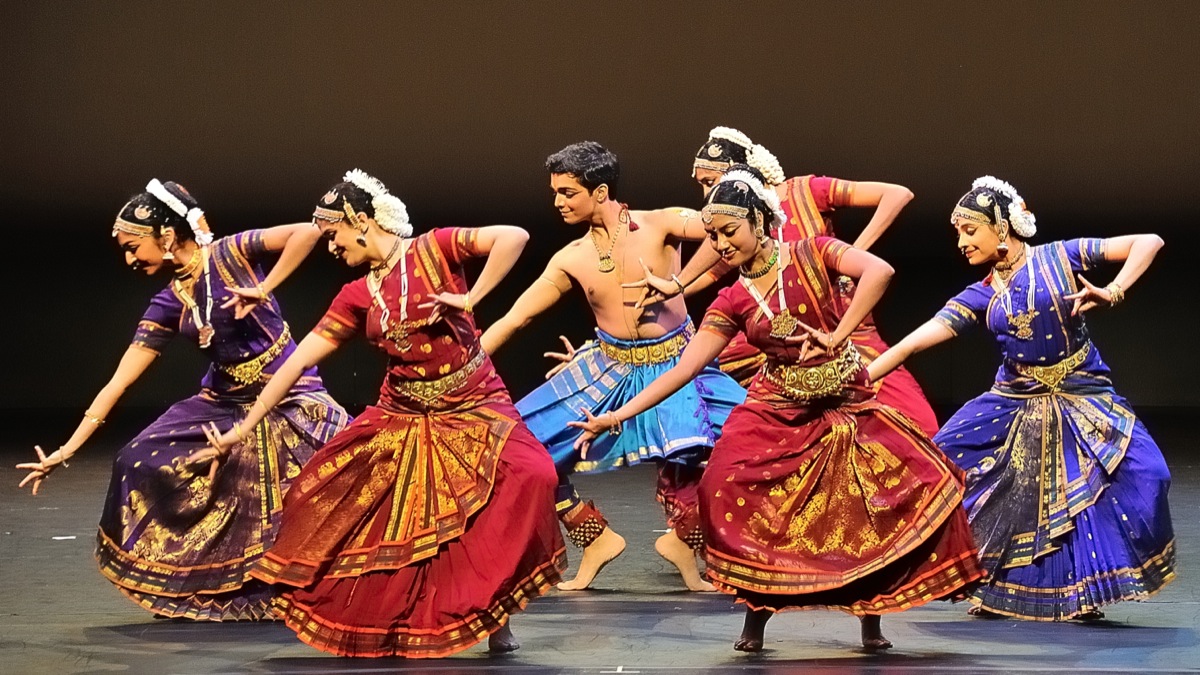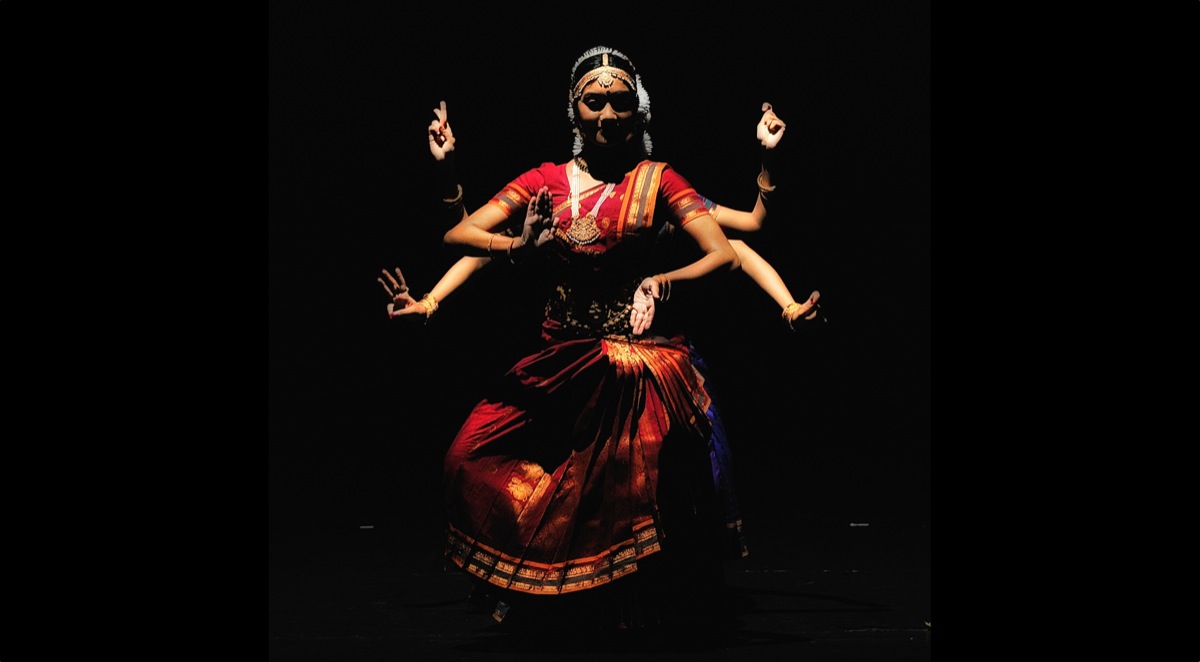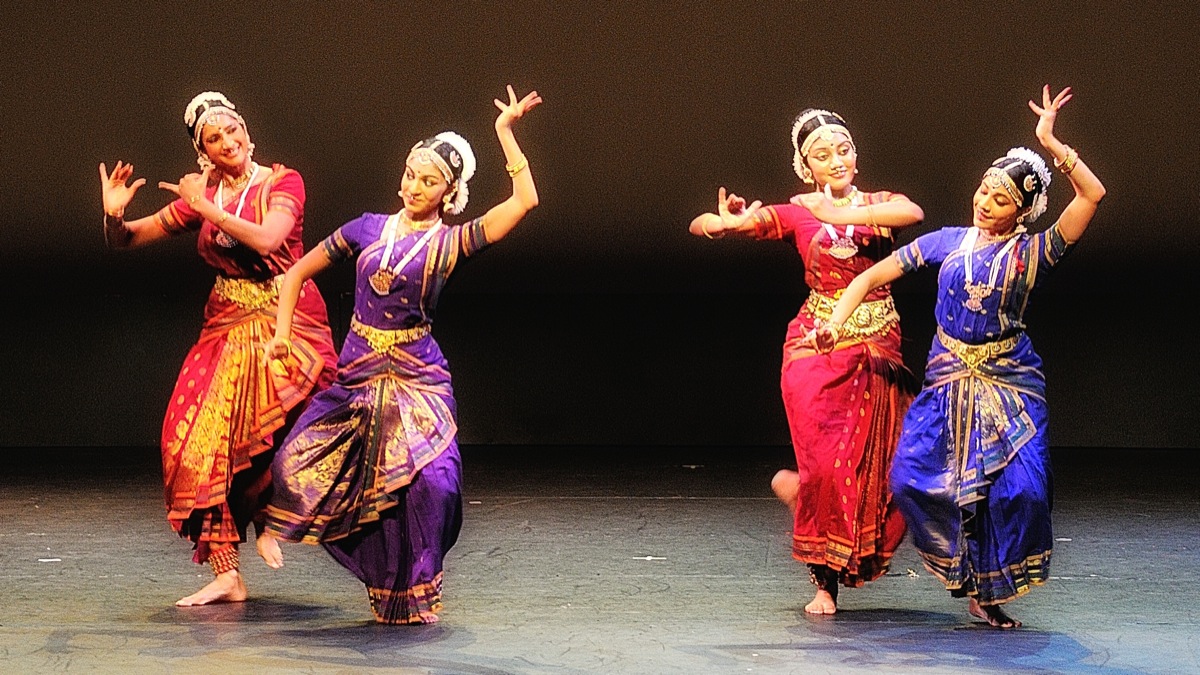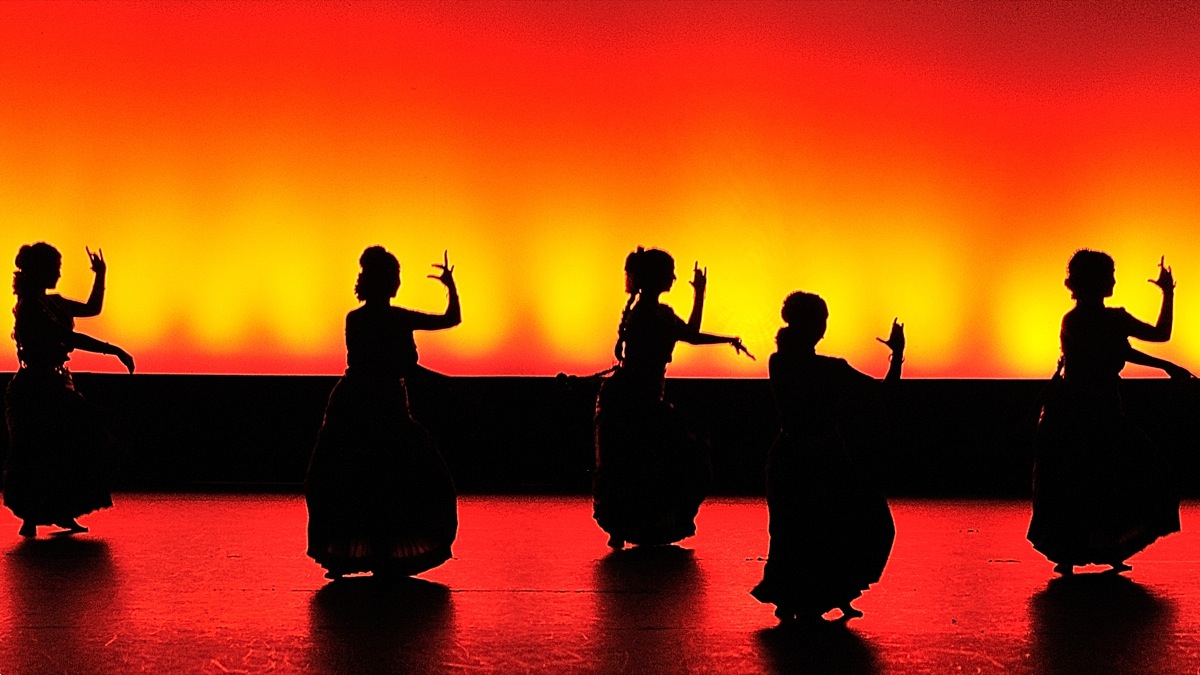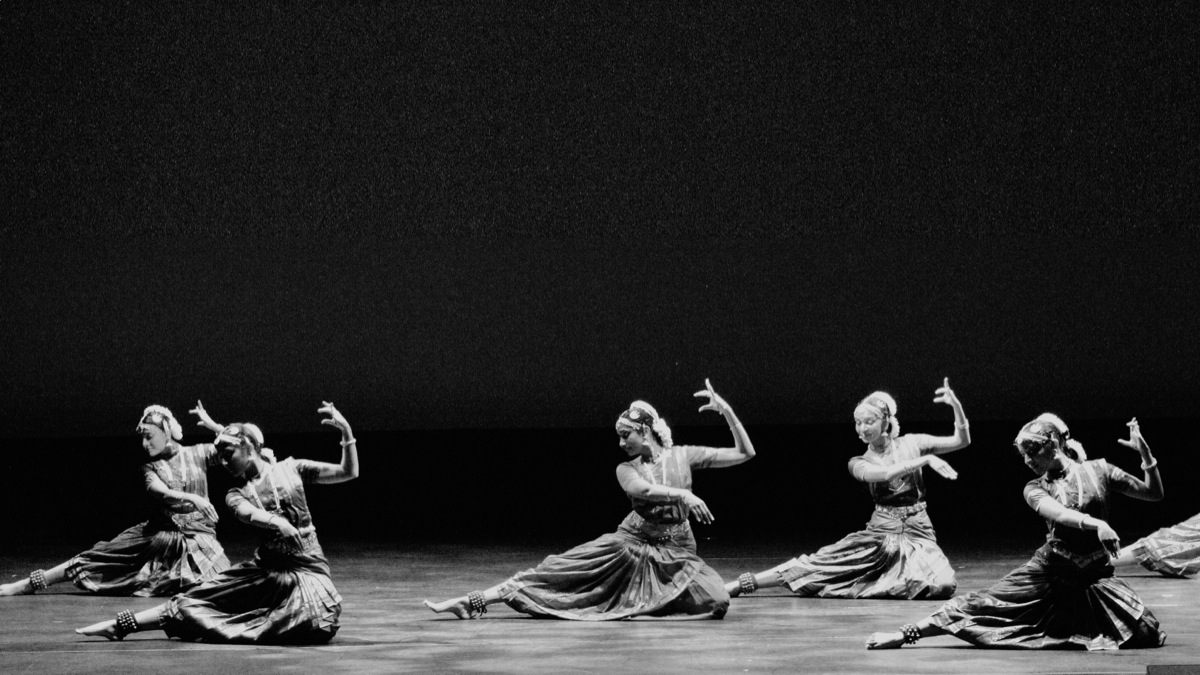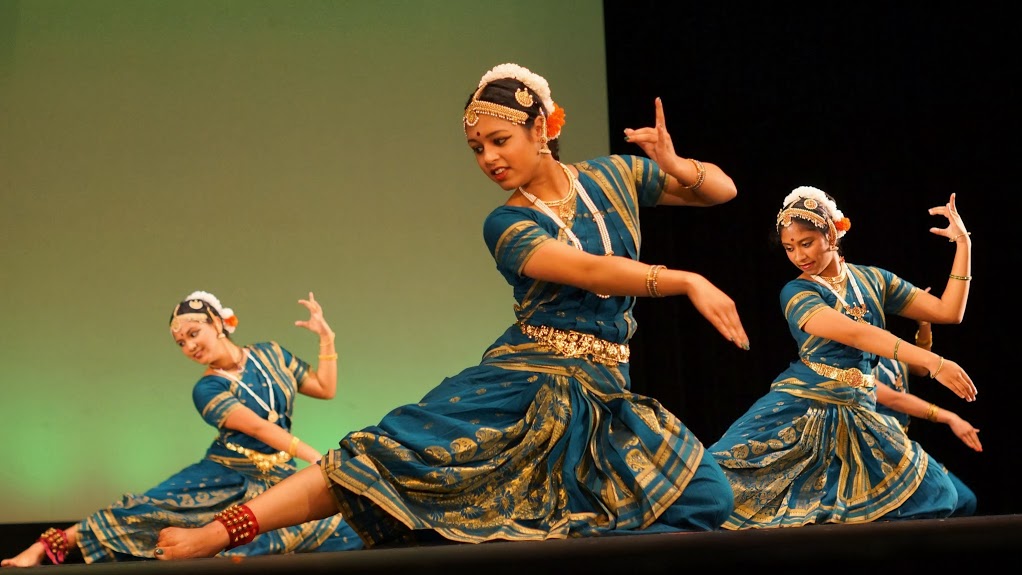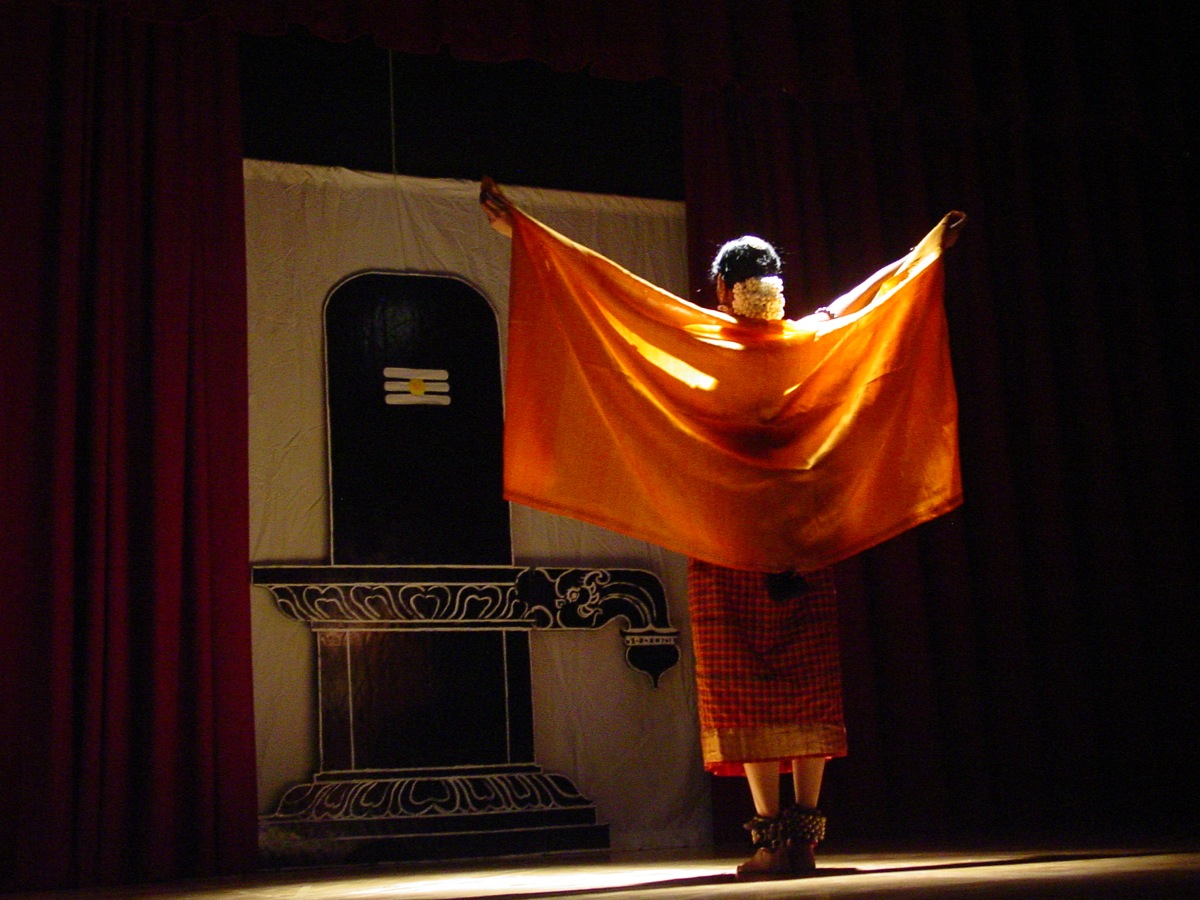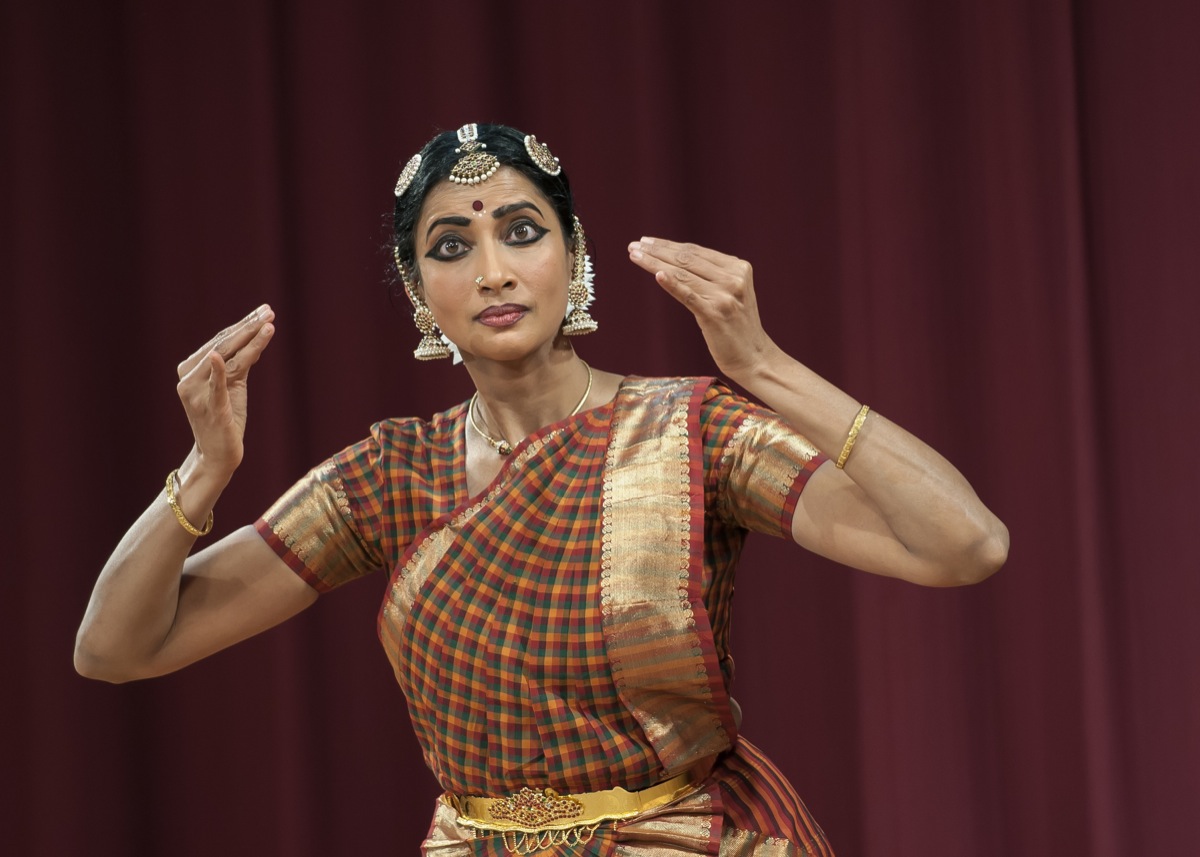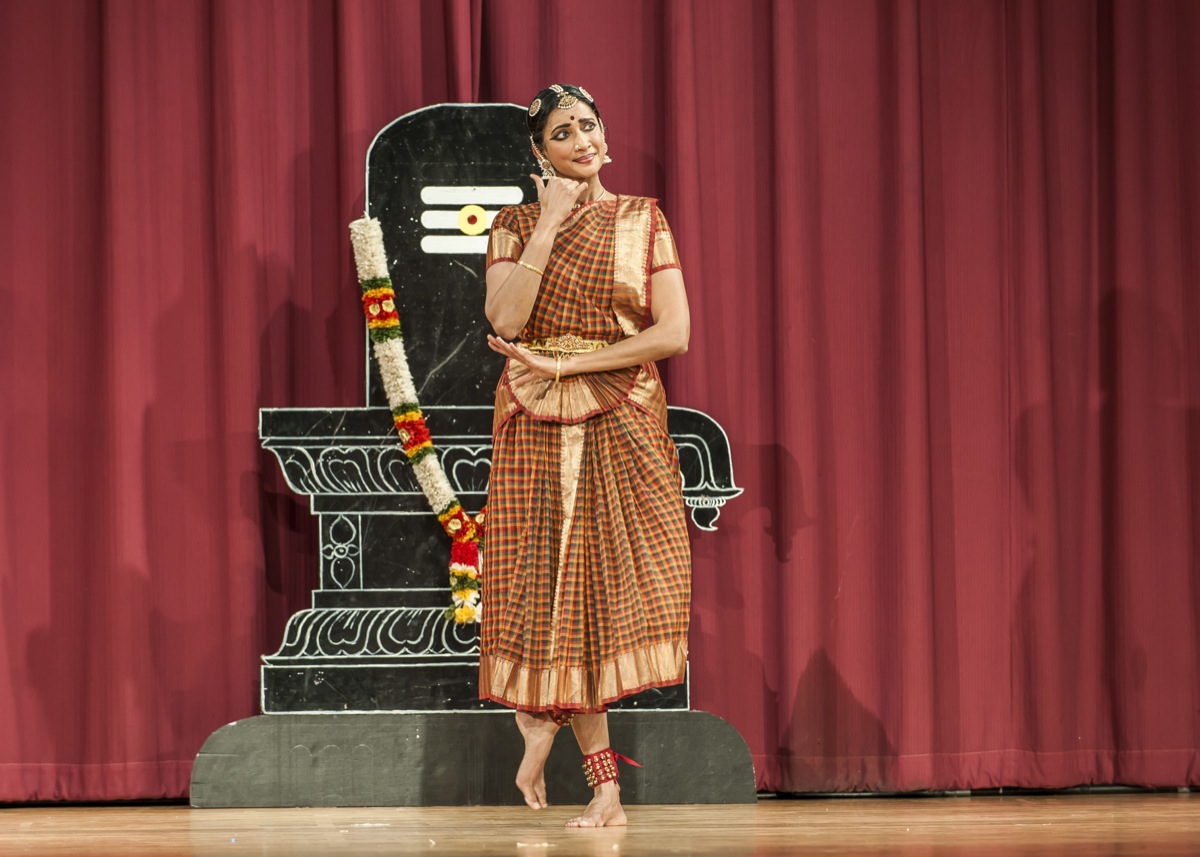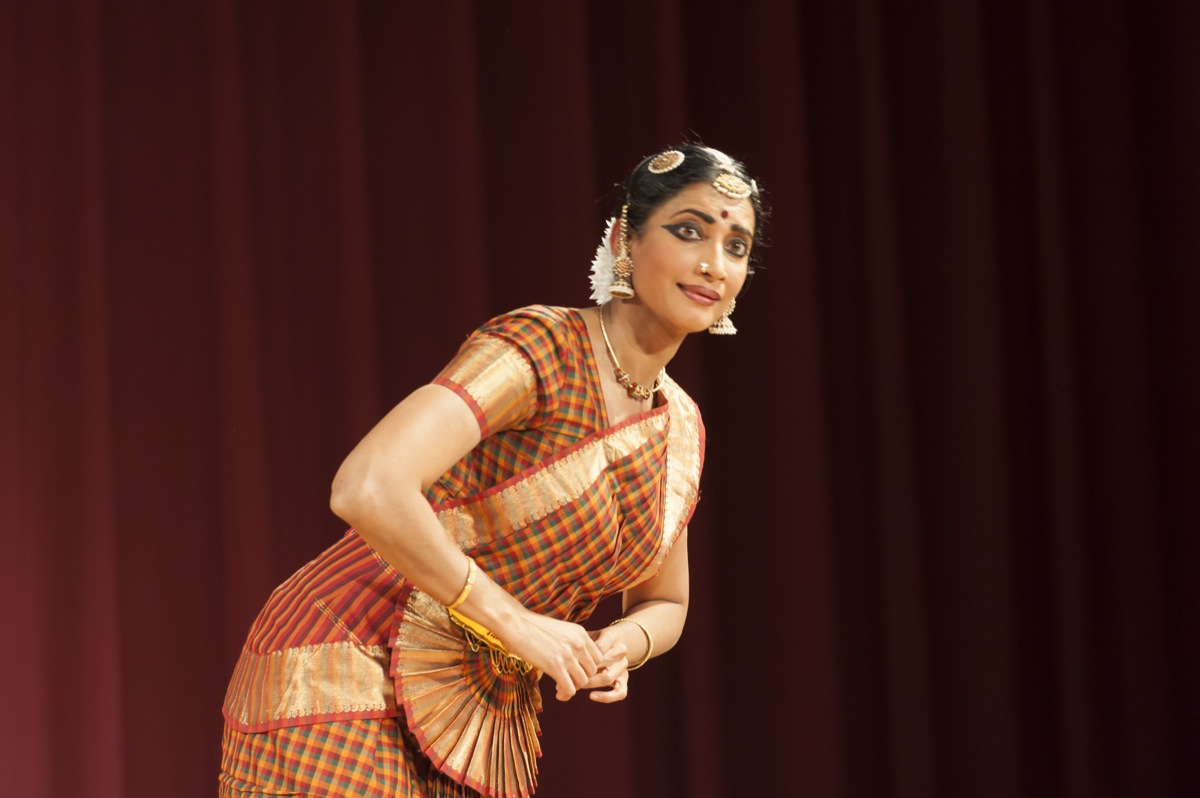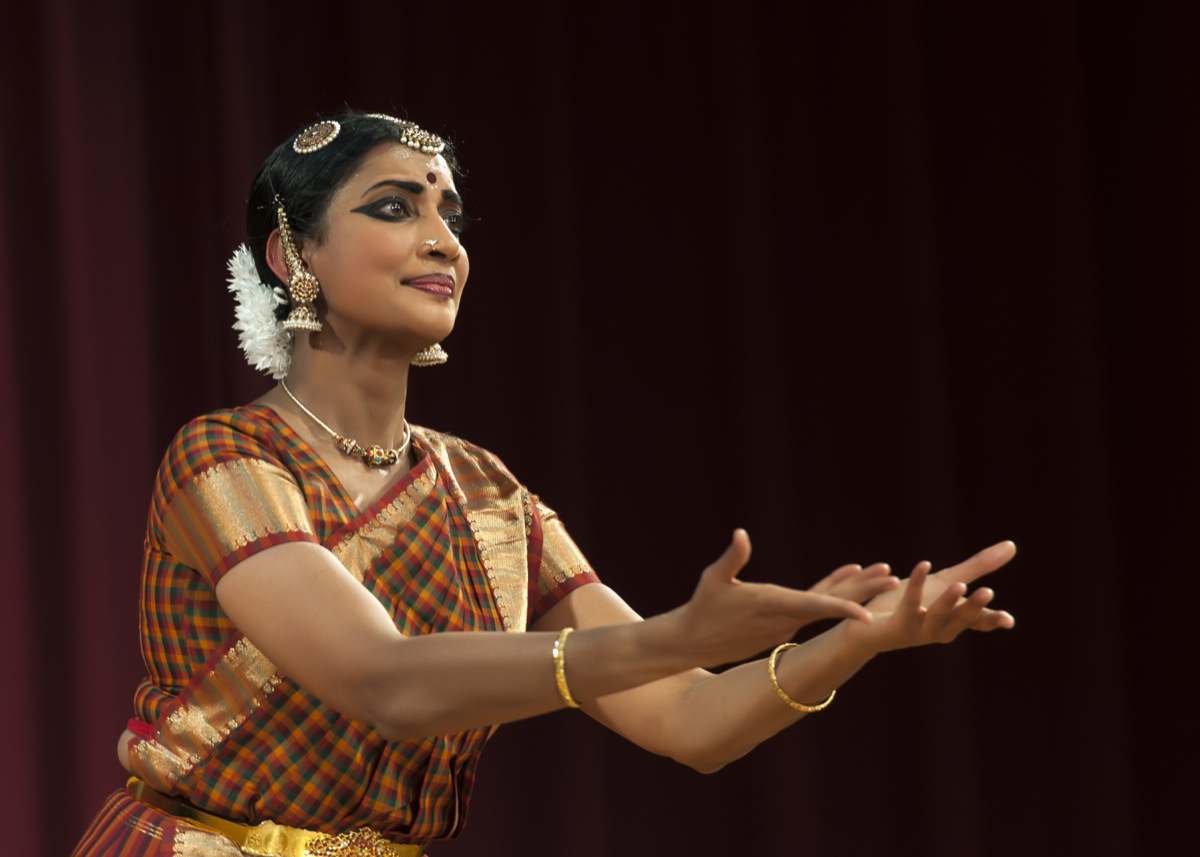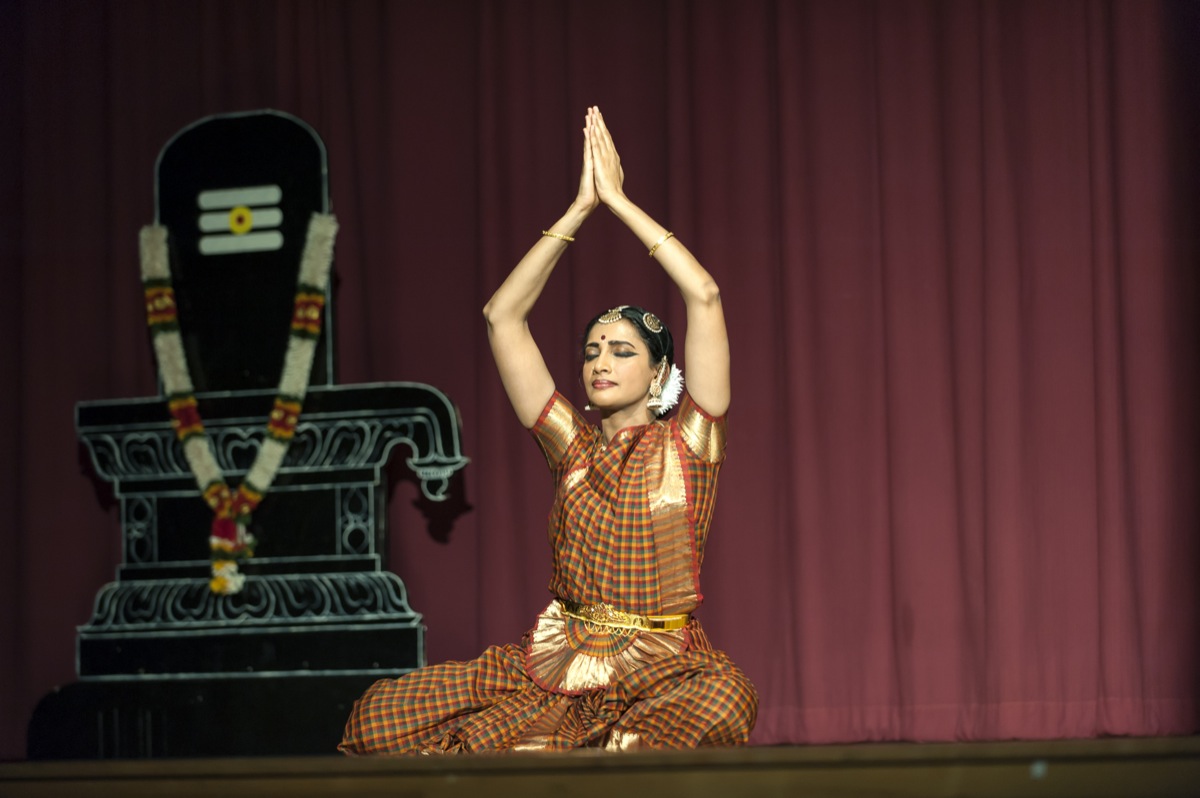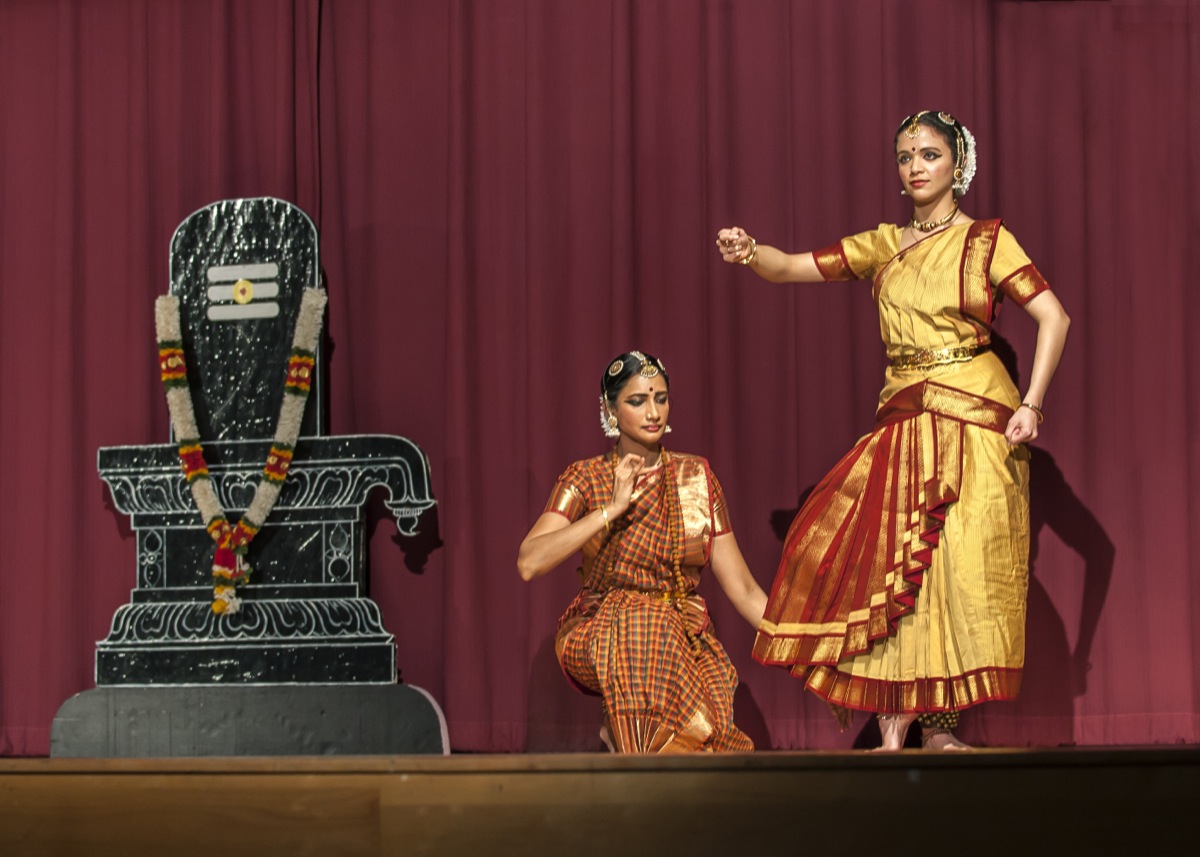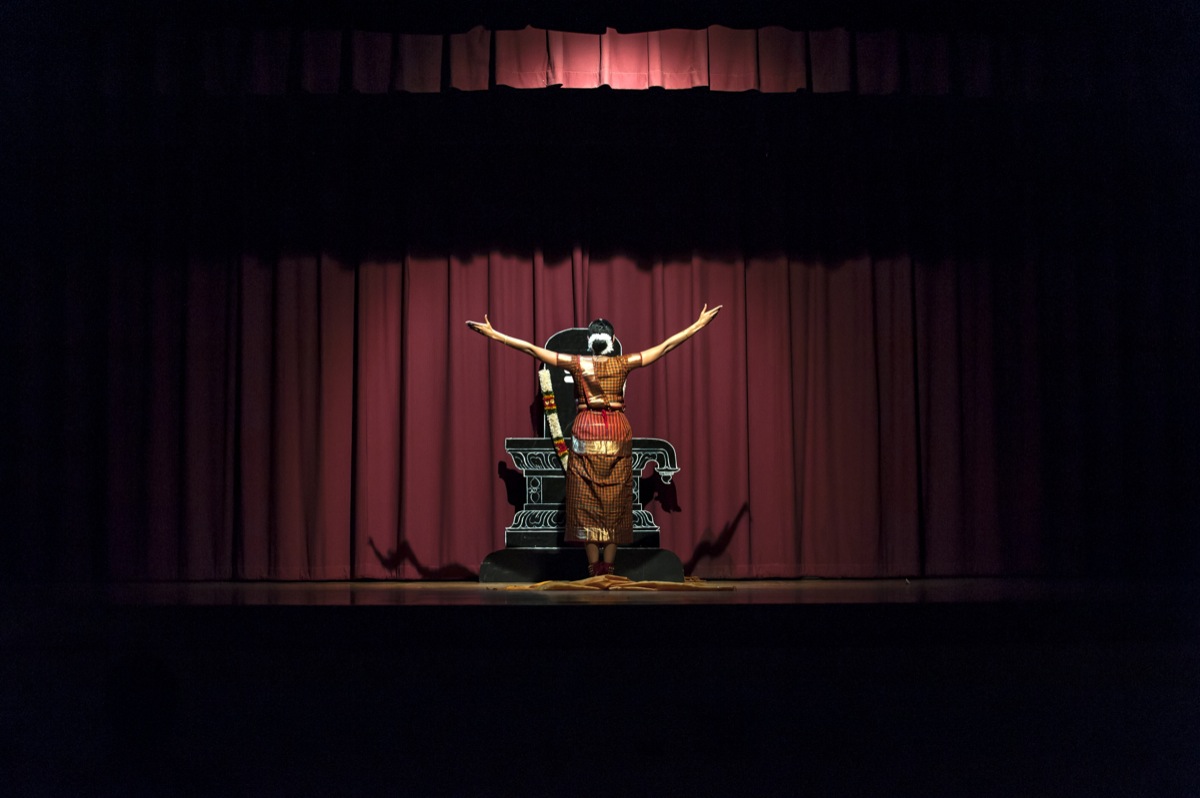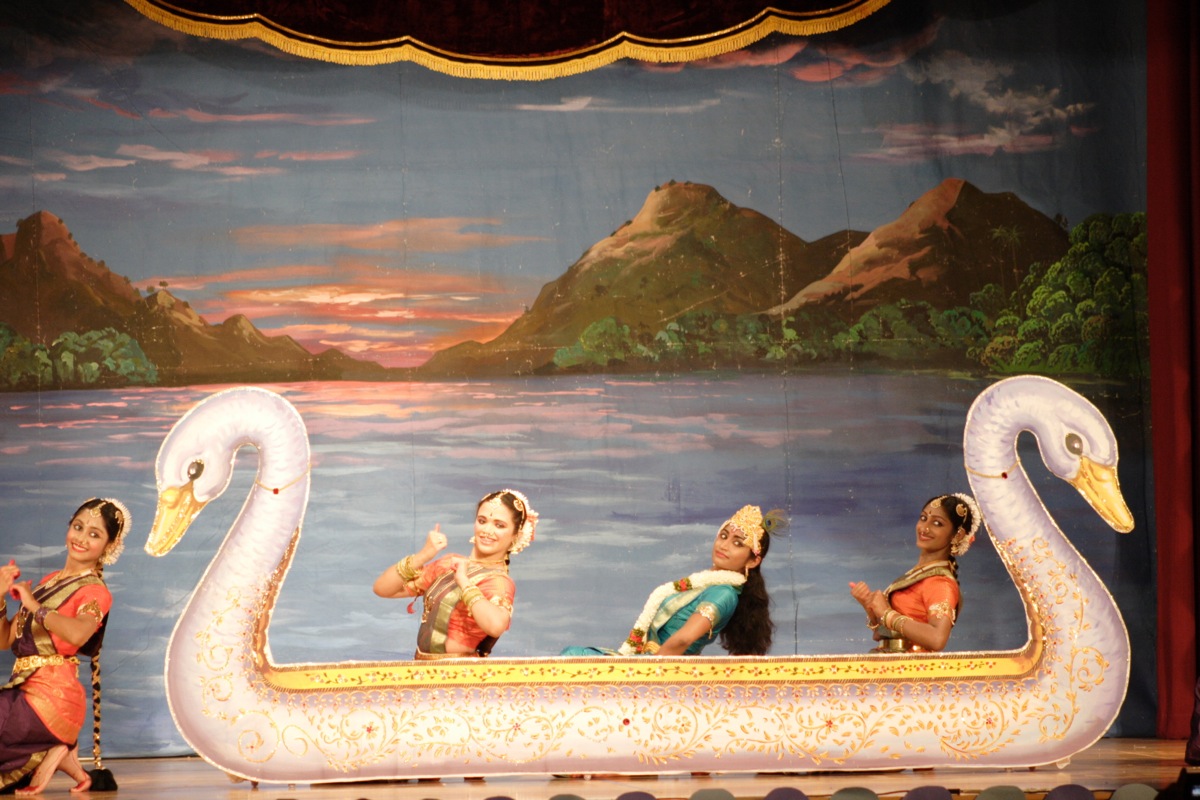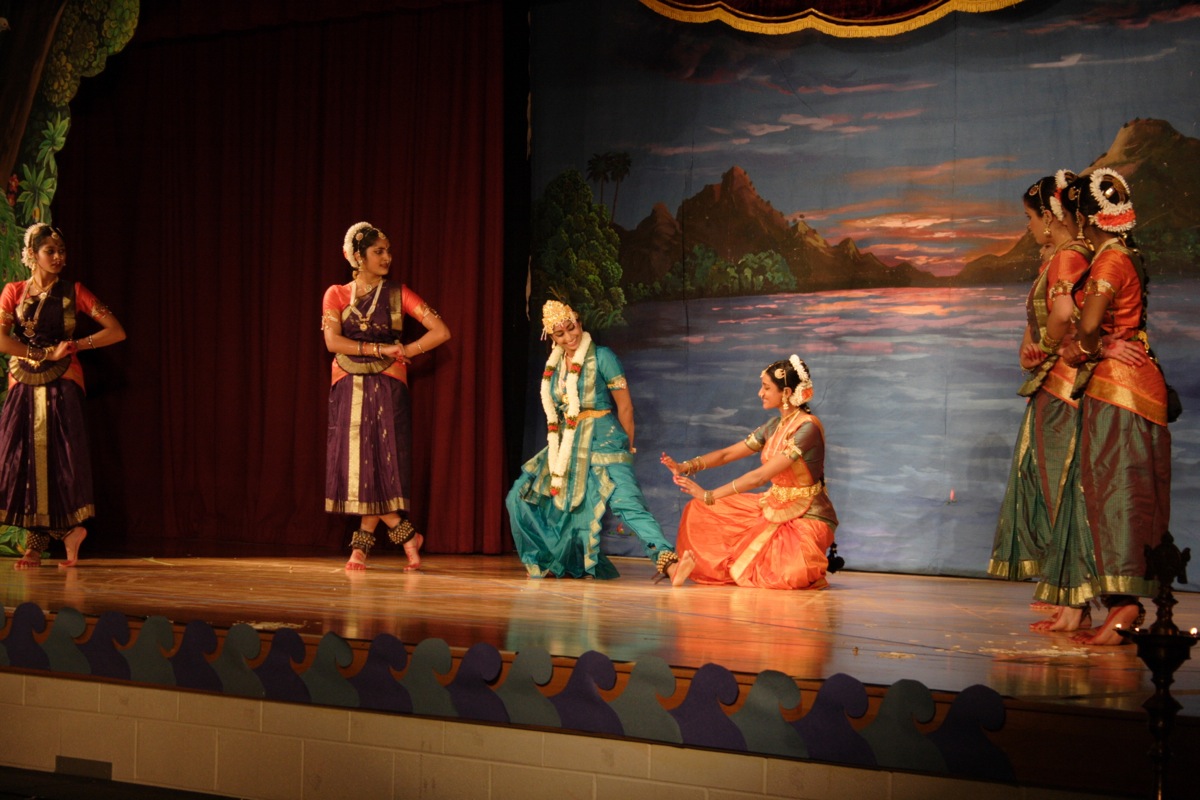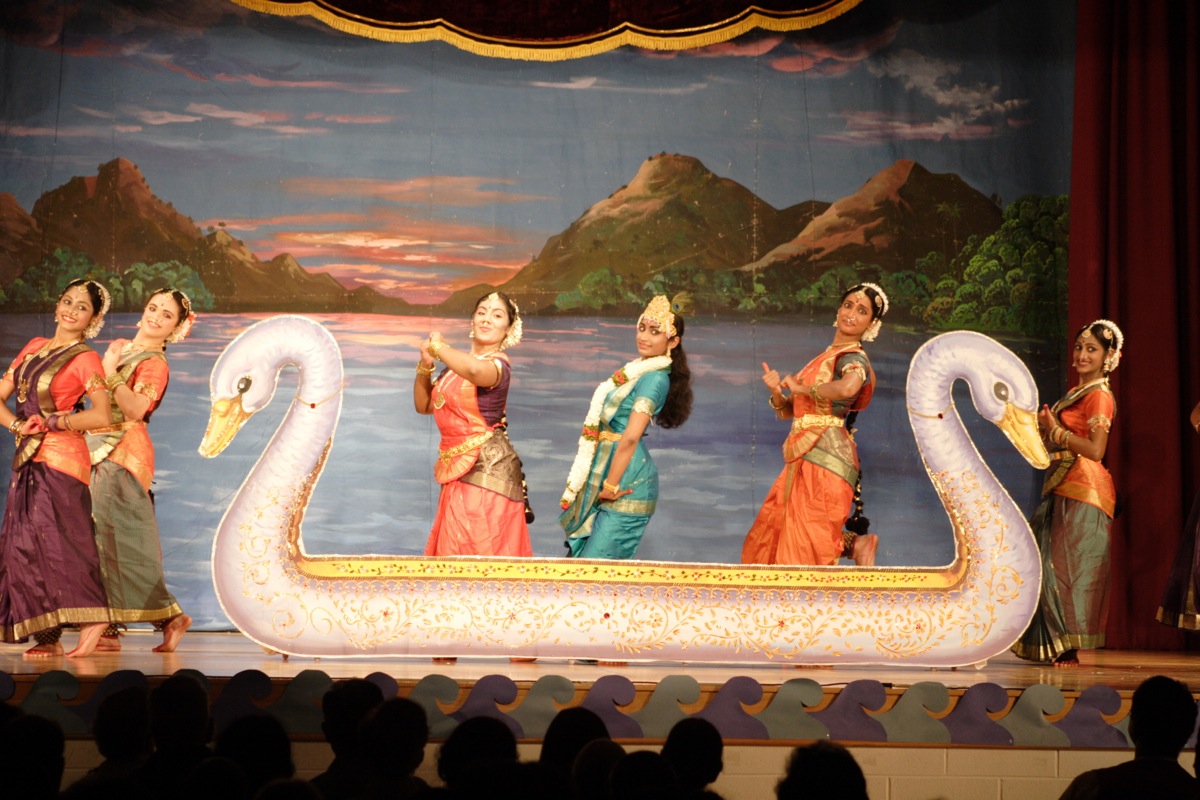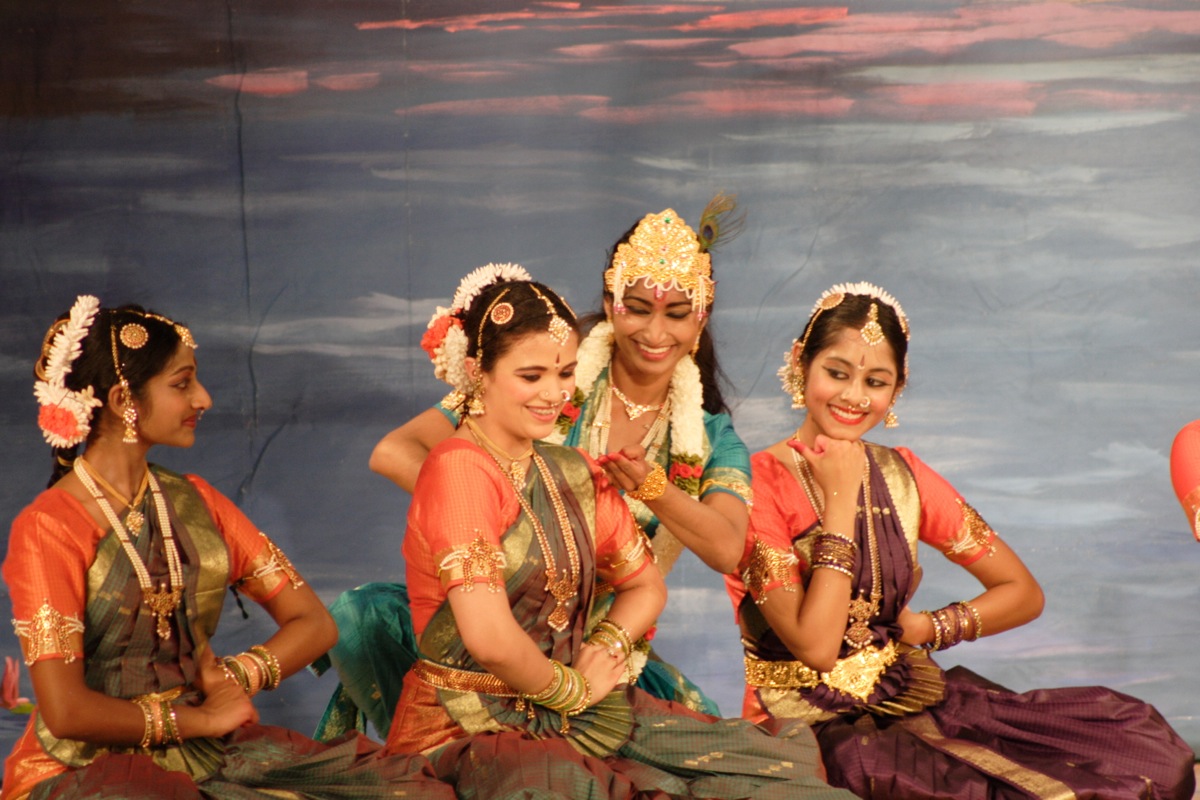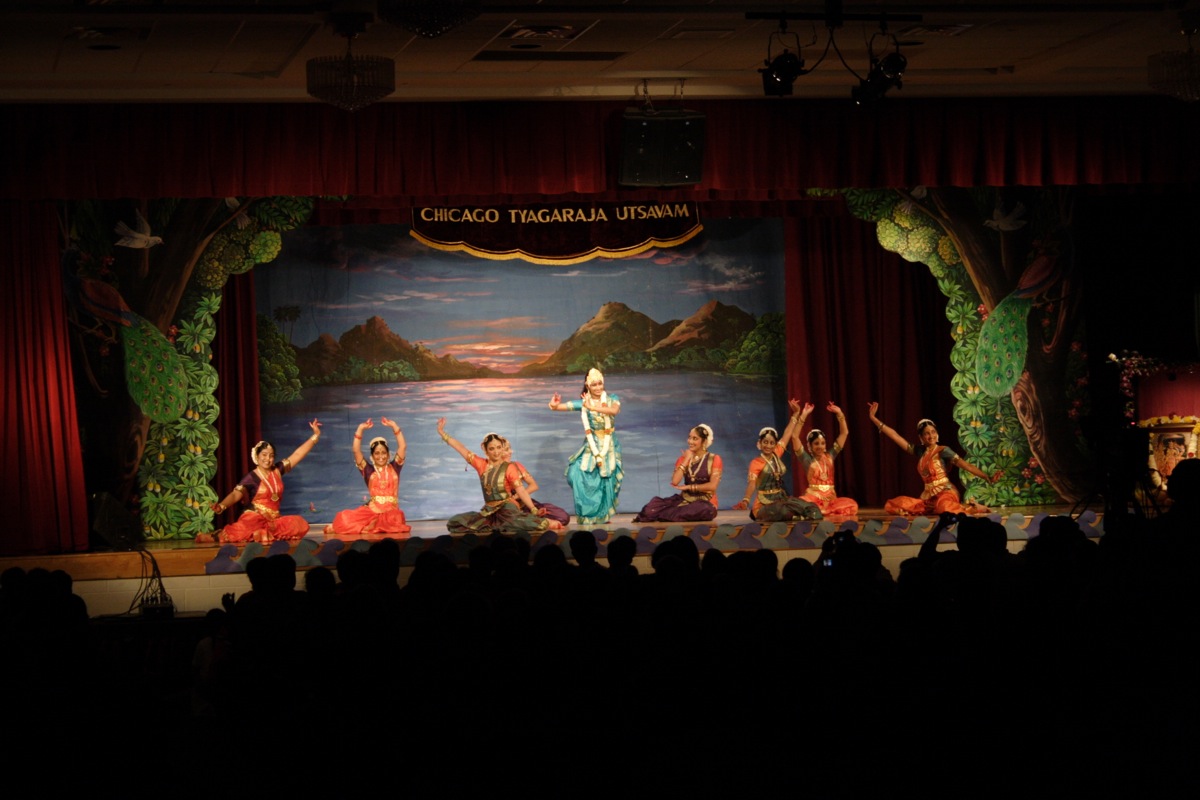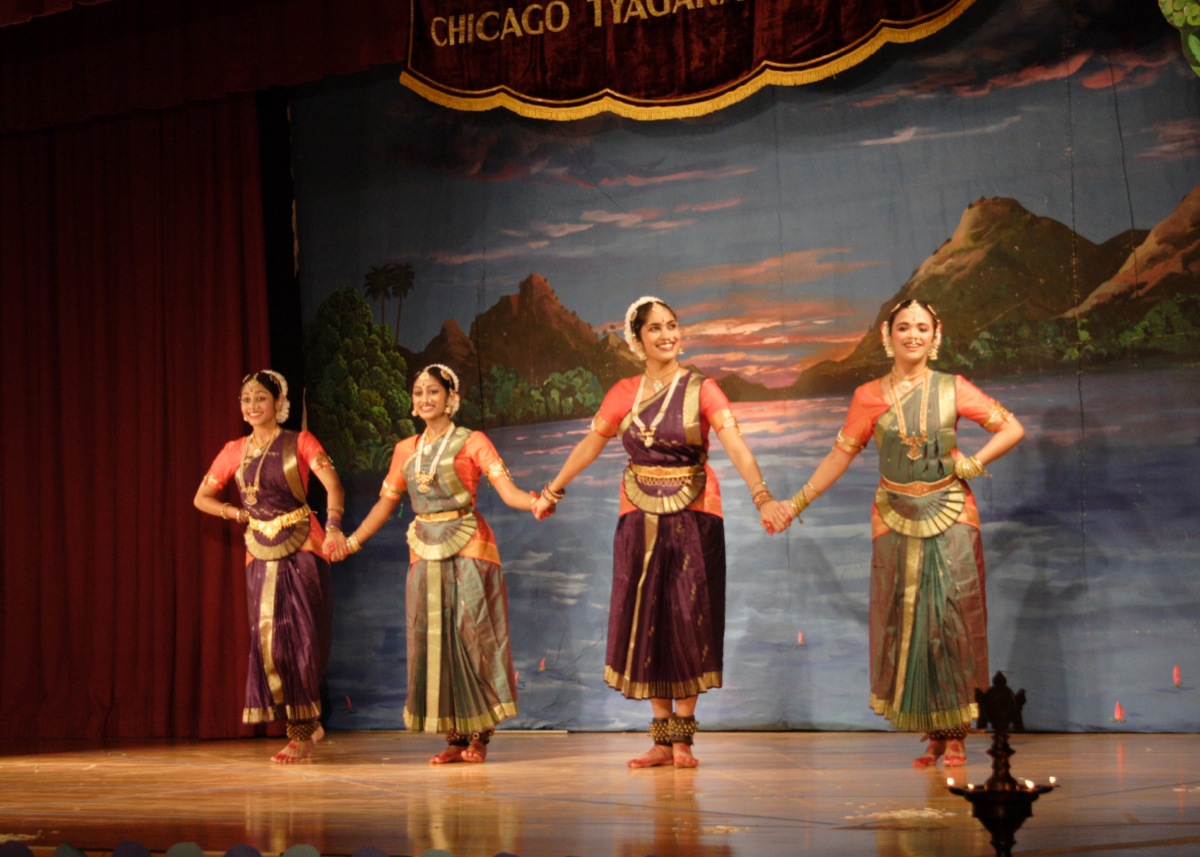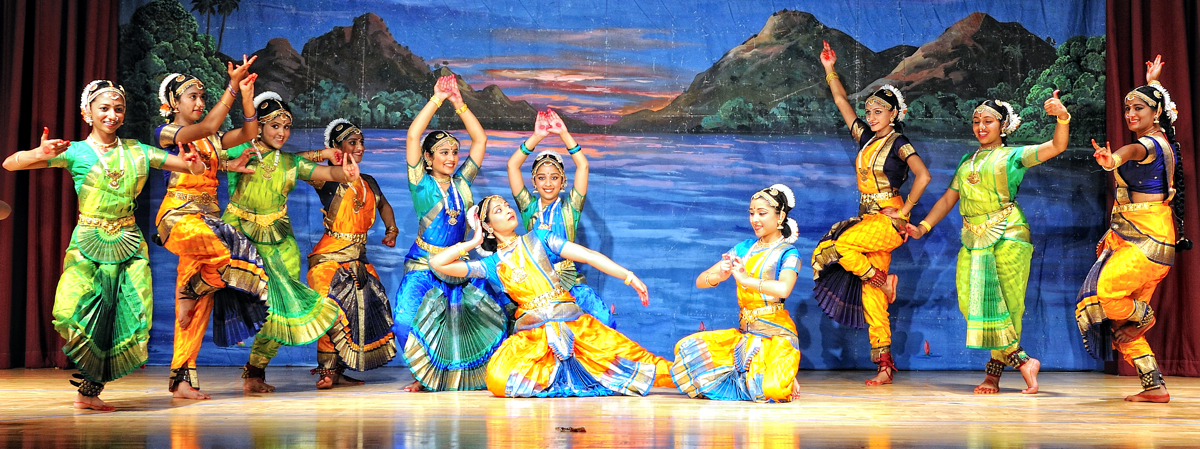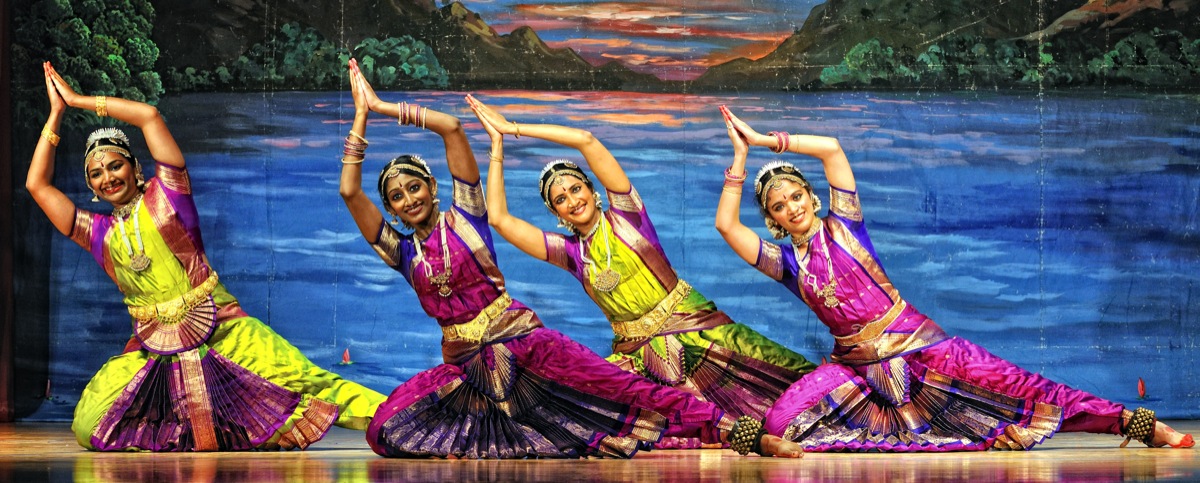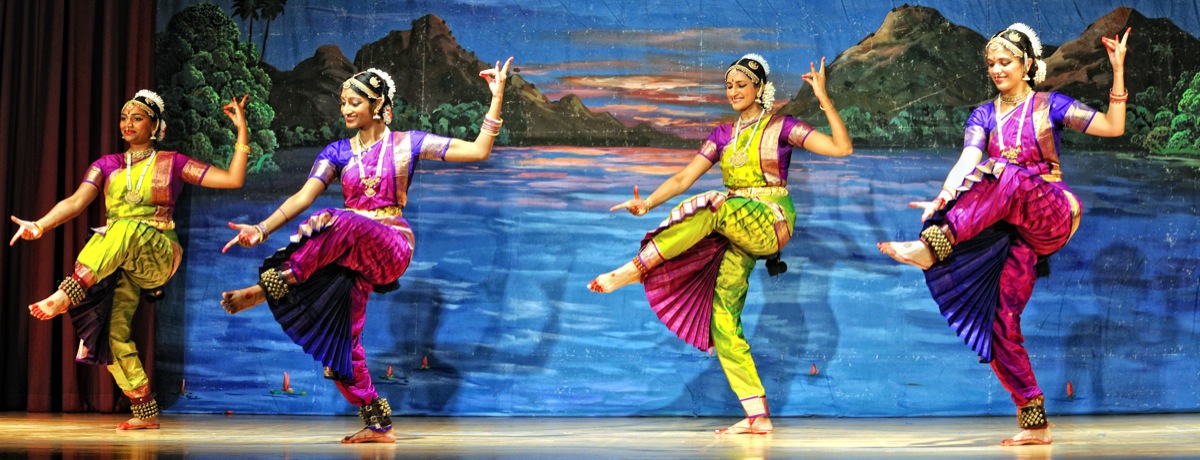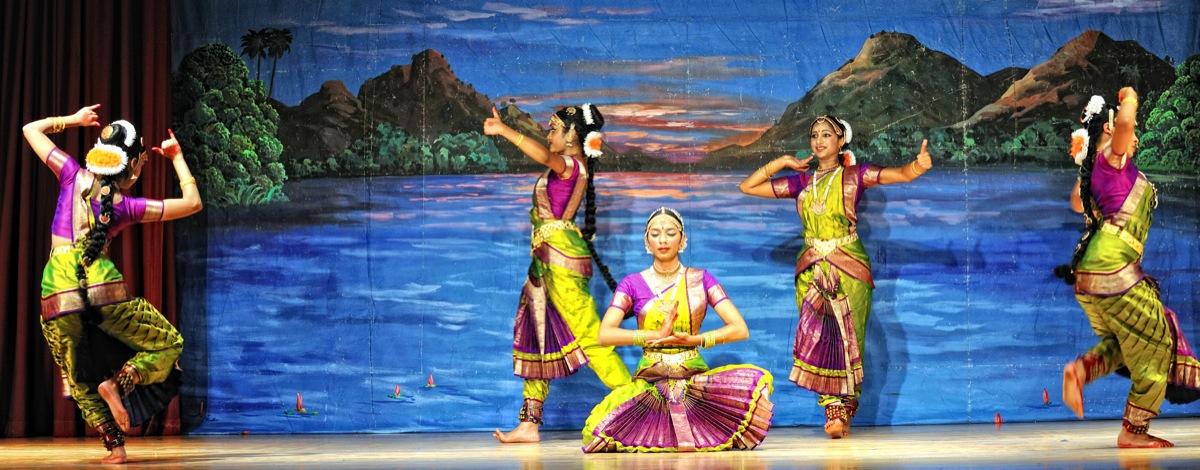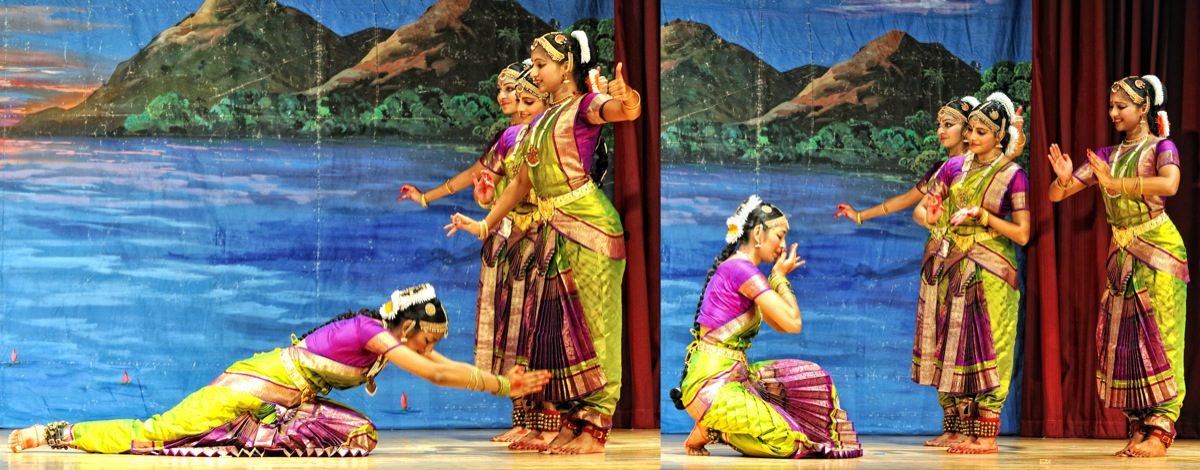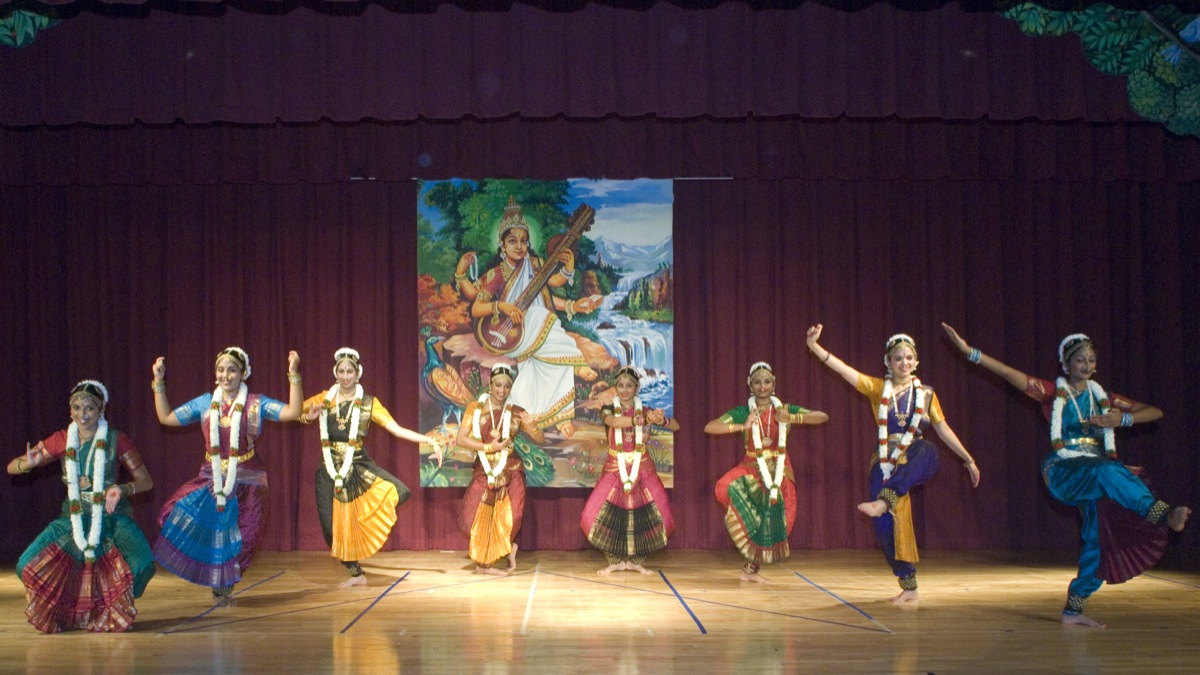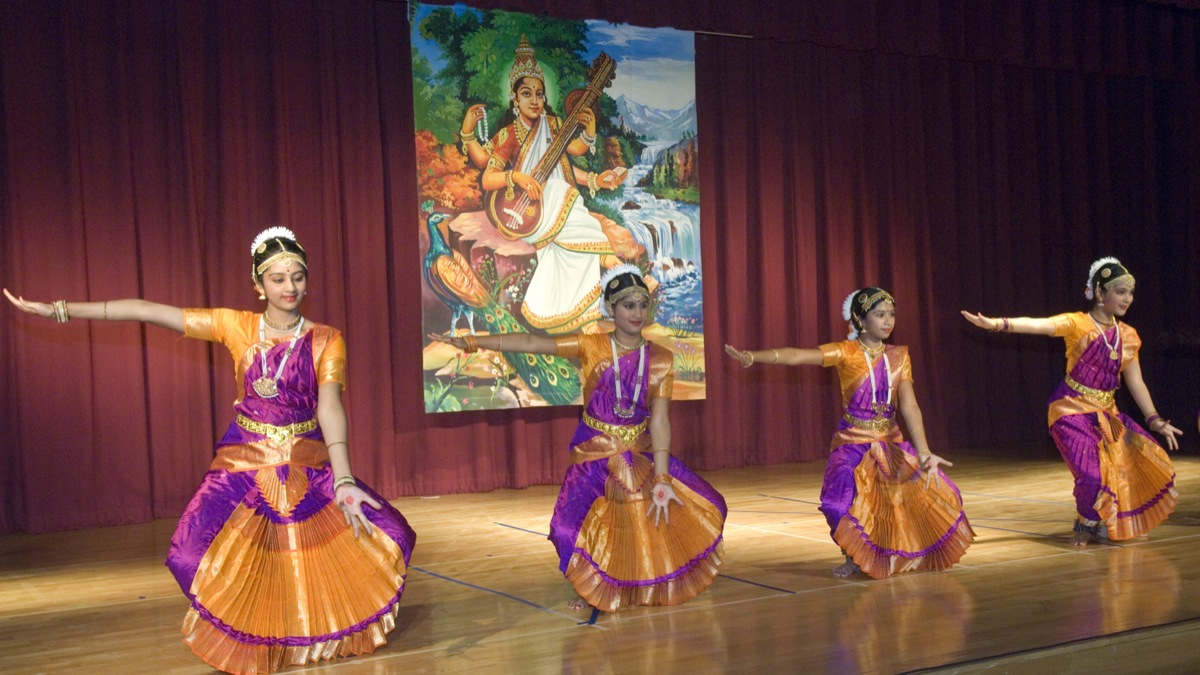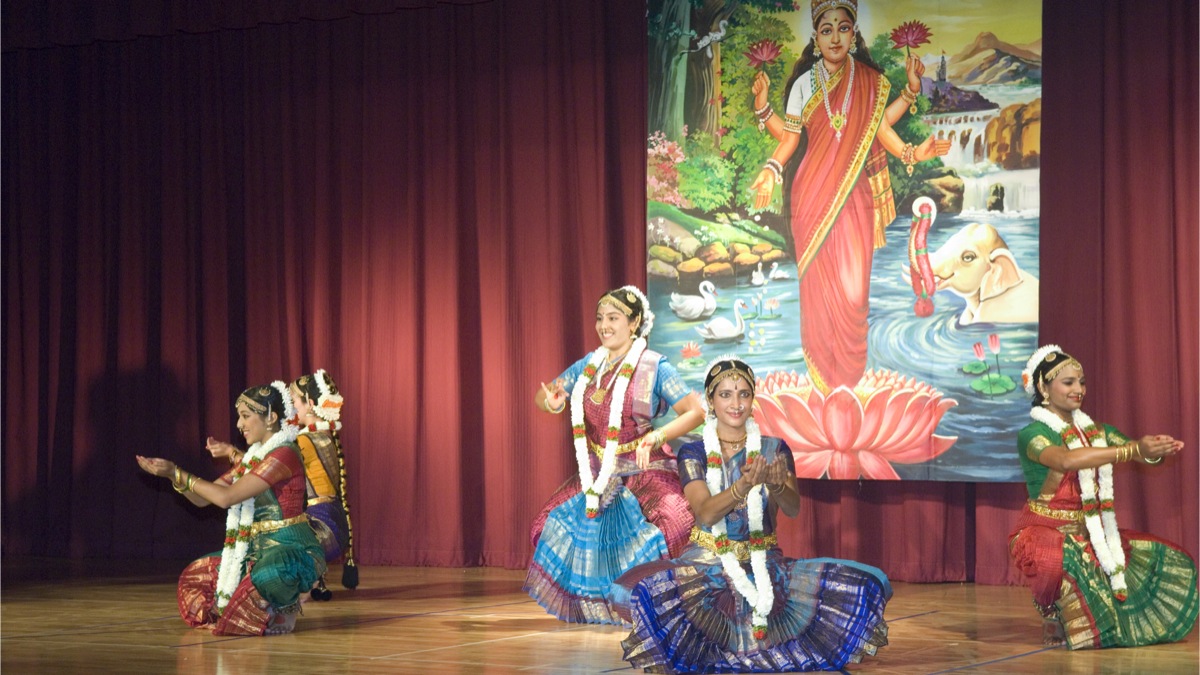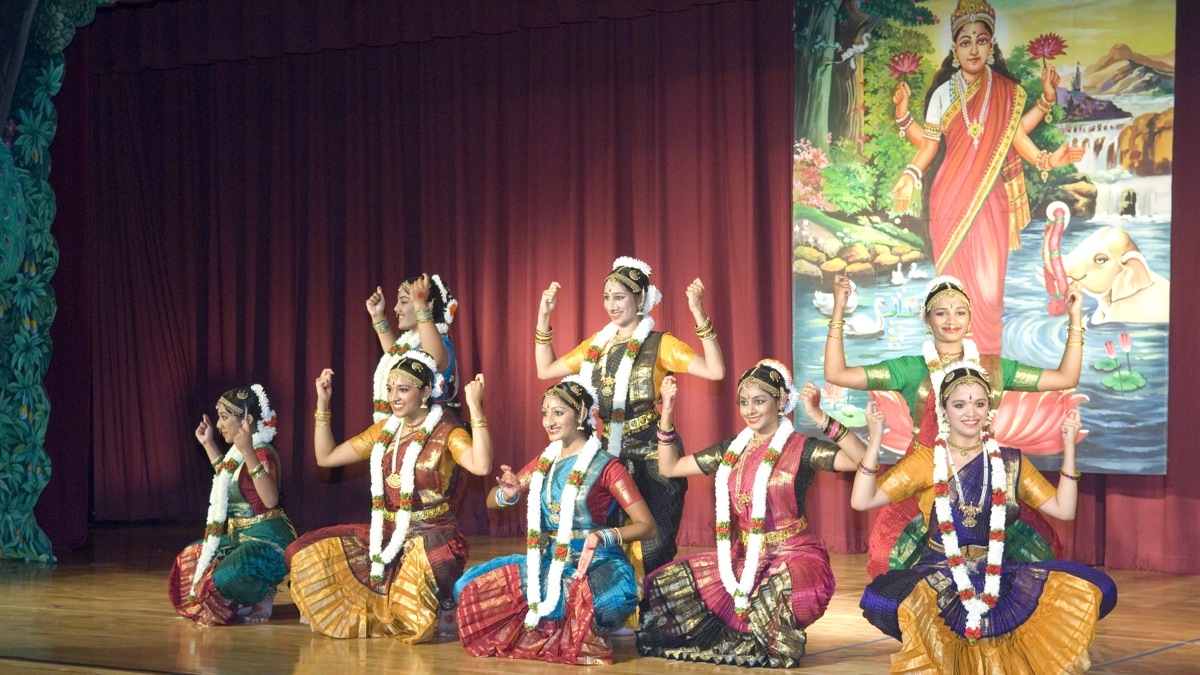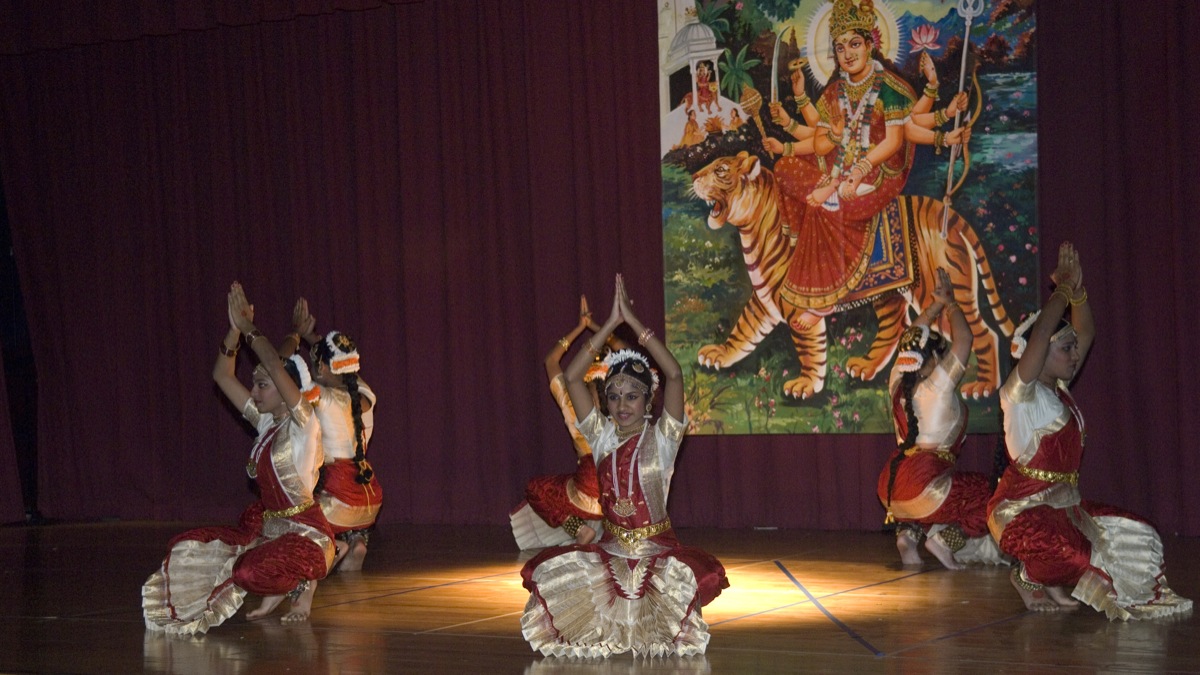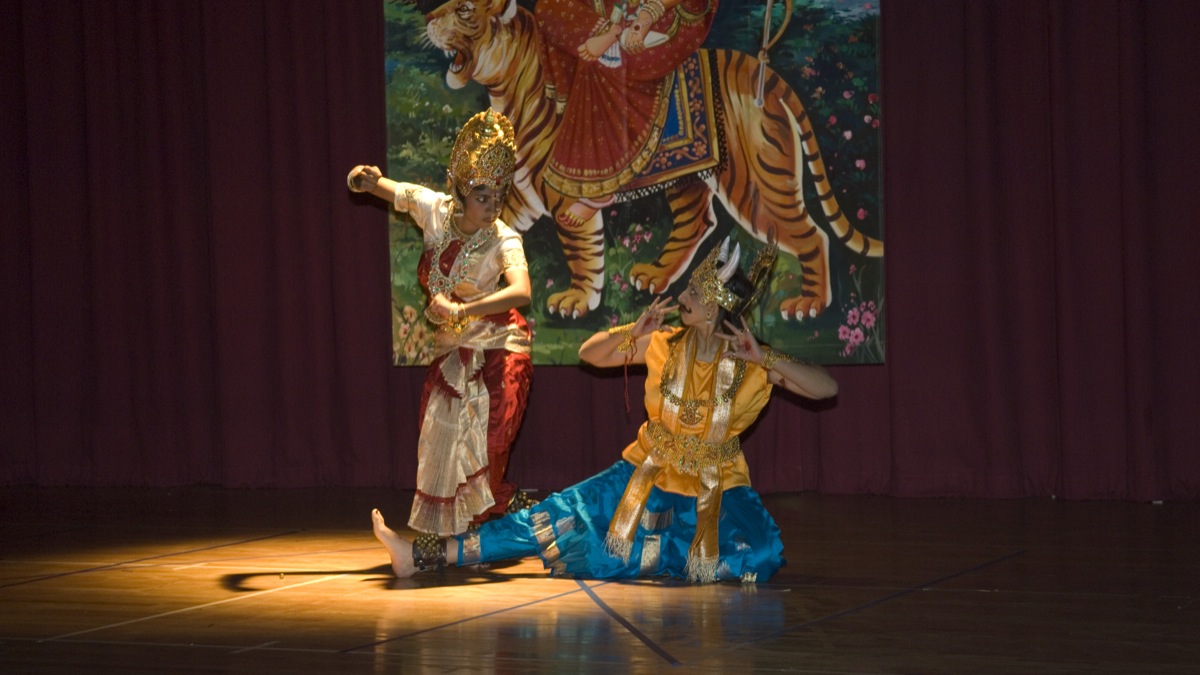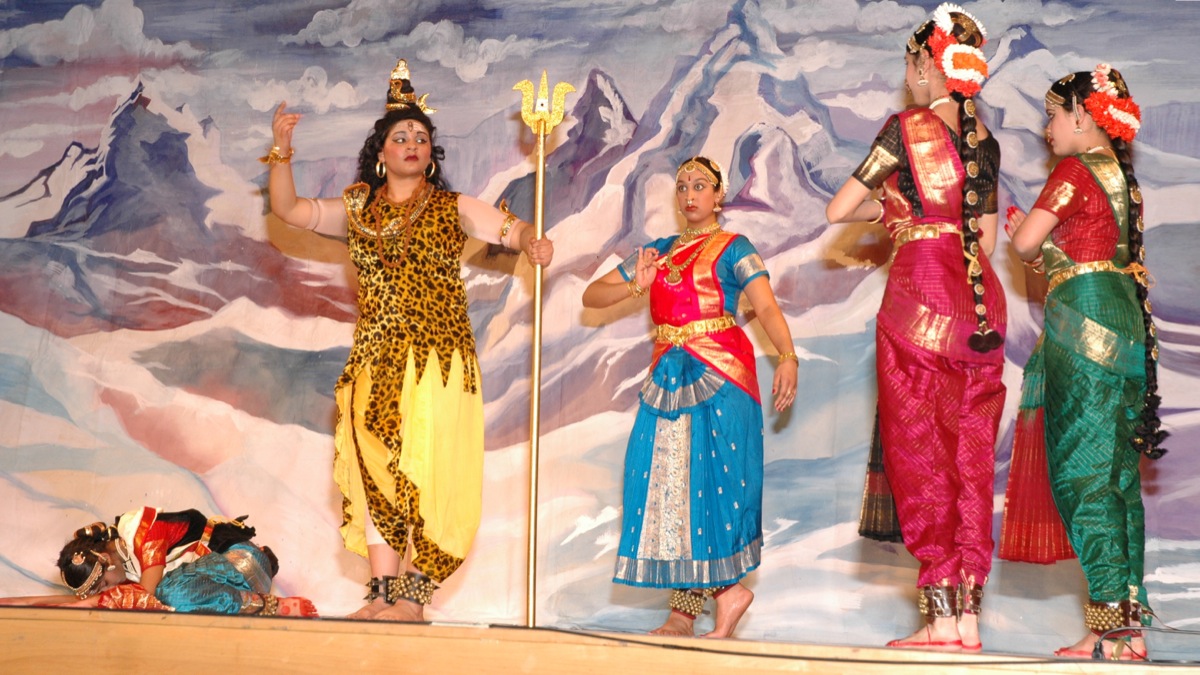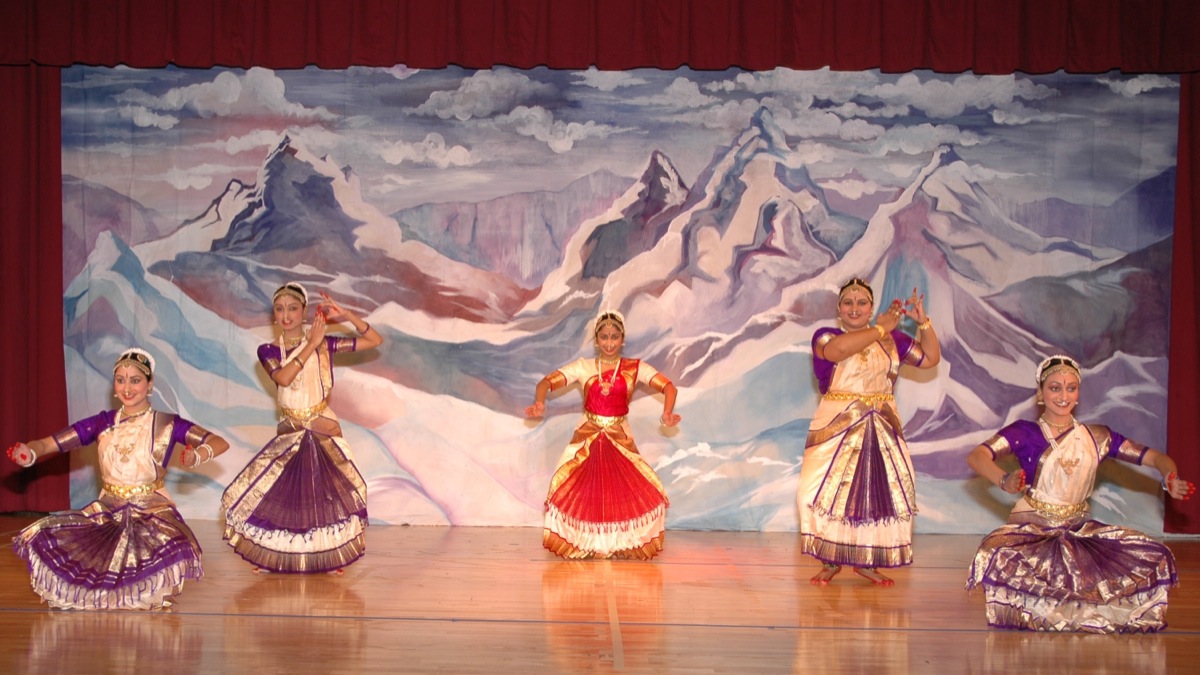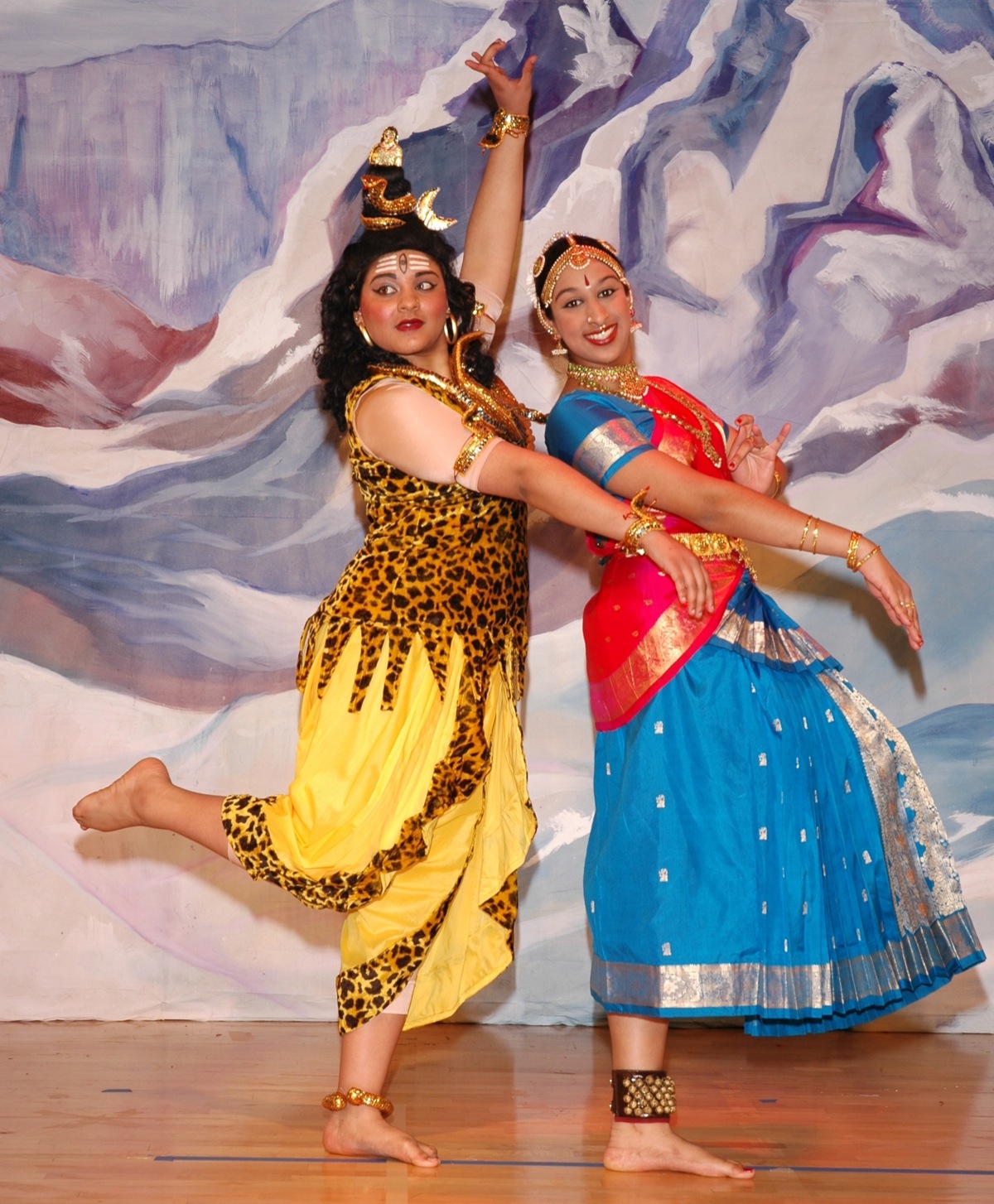Our Portfolio
Rhythms of the Soul
An accomplished Bharatanatyam dancer isn't an impersonal instrument of movement and drama on stage. Without ever being untrue to the specific form and occasion for performing, dancers giving everything they have within themselves with great passion and energy are what "Rhythms of the Soul" means to us. It is about making real connections through one's own intuitive way o dancing that combines composition, movement, lyricism and expression in a way that deeply resonates with another human being and leave both the dancer and the viewer with a rich, reciprocal fulfillment of the entire performance
Presented in 2012, Rhythms of the Soul featured new works, new concepts and outstanding collaborations with extraordinary group and solo performances by master artists and talented Nrithyanjali dancers.
akka mahādēvi
Born in Udatadi, Shimoga district of Karnataka, India, Akka Mahadevi (akka mahādēvi) was a prominent figure of the Veerashaiva Bhakthi movement in India in the 12th Century. Her vachanas, a form of poetry are considered her greatest contribution to Kannada Bhakti literature, and bear witness to her intense, all-encompassing love for Lord Chennamallikarjuna, embodying the philosophy Sarana sati Linga pati.
Nrithyanjali's presentation on akka mahādēvi highlights a few of her beautiful vachanas and portray some of the profound moments of her life. The show was premiered in 2007 at the Chicago Tyagaraja Utsavam, and was again performed at the Chicago Public Library in 2012.
nauka caritramu
Sri Thyagaraja expounds the concept of Madhura Bhakti – unadulterated and unconditional devotion to the Lord in his dramatic nauka caritramu, a collection of 21 simple, yet powerfully eloquent songs in the form of darus (narratives), padyas (verses), and vachanas (dialogue). By simplifying the elevated spiritual message in a delightful musical treat, Sri Thyagaraja cleverly narrates the exemplary story of steadfast devotion of the Gopis toward Lord Krishna. The central premise of the nauka caritramu is also reflected in the Bhagavatamu, where Lord Krishna Himself has said, “The Gopis never learned the Vedas, they never served any Guru, they practiced no austerity, but by association with Holiness, they attained Me.”
Nrithyanjali's presentation of nauka caritramu premiered in 2006 at the Chicago Tyagaraja Utsavam festival.
School Showcases
padmanābha (2010)
Highlighting the works of Sri Swathi Thirunal Rama Varma, the 18th century ruler of the state of Travancore, who used the mudra (signature) "padmanabha" in his compositions.
amritavarshini (2007)
A three part program revolving around the three goddesses of the Hindu pantheon - Saraswathi, Laksmi and Durga.
ōm namah śivāyah (2005)
A glorious tribute to the multi-faceted aura of Lord Shiva.
